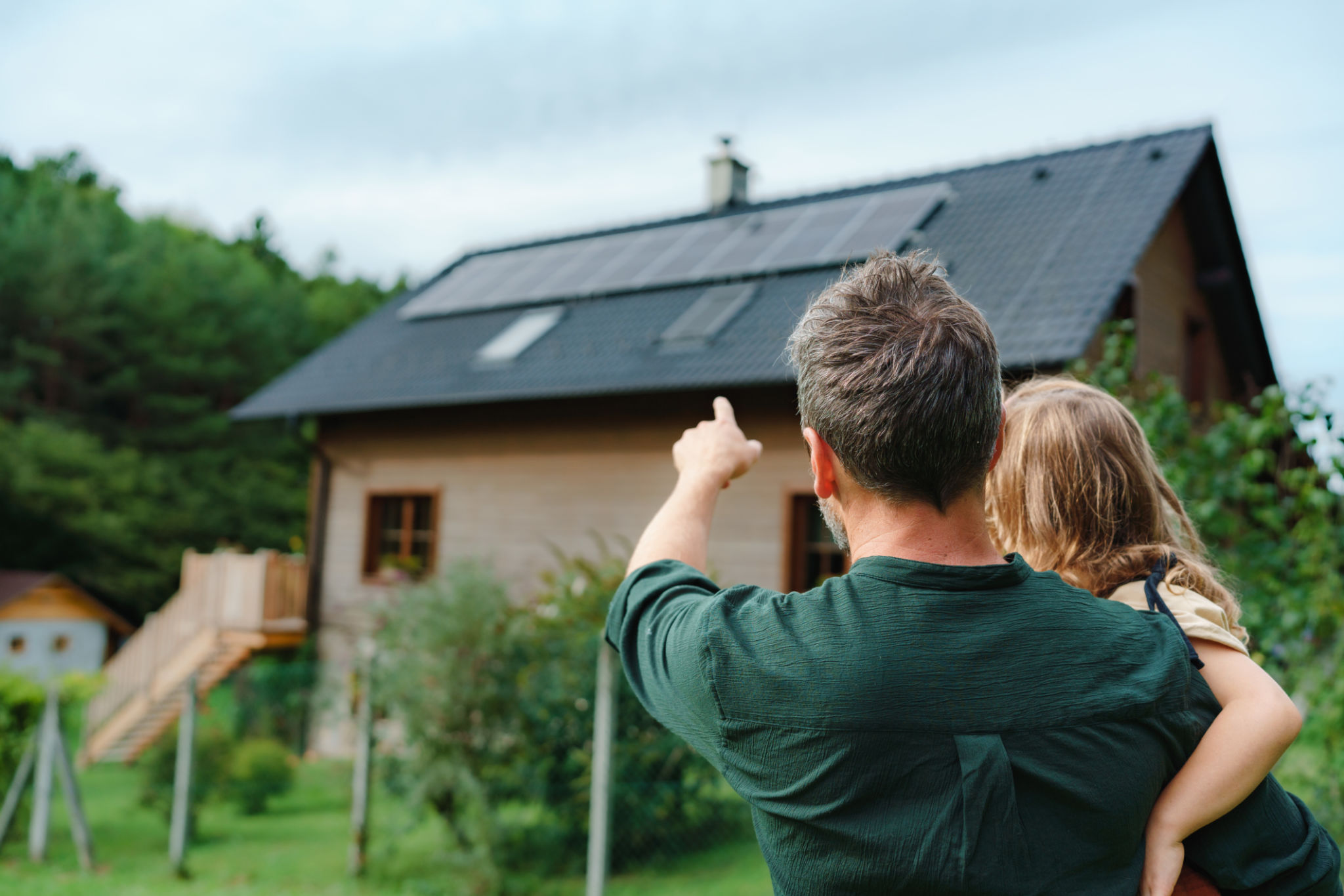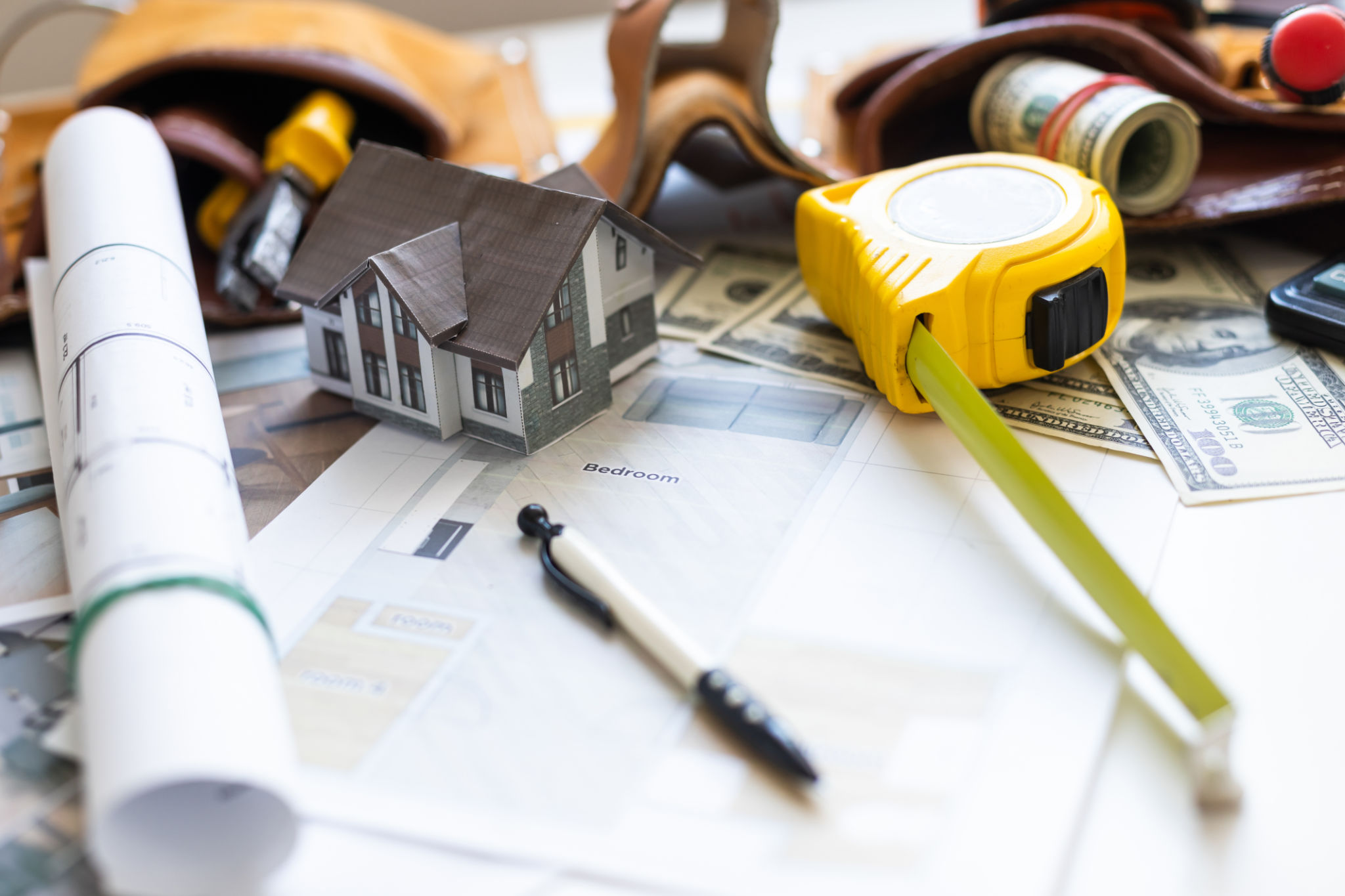Myth-Busting: Common Misconceptions about Eco Properties
Understanding Eco Properties
As sustainability becomes more critical in our daily lives, eco properties are gaining popularity. However, there are several misconceptions about what constitutes an eco-friendly home. This blog aims to debunk some common myths, providing a clearer understanding of eco properties and their benefits.

Myth 1: Eco Properties Are Too Expensive
One of the most widespread myths is that eco properties come with a hefty price tag. While it's true that certain sustainable features may have higher initial costs, they often lead to long-term savings. For instance, energy-efficient appliances and solar panels can significantly reduce utility bills over time.
Moreover, government incentives and rebates for eco-friendly modifications can offset these initial costs, making sustainable living more accessible. It's essential to view these investments as a way to enhance both your home's value and your quality of life.
Myth 2: Eco Homes Are Just About Energy Efficiency
While energy efficiency is a crucial component of eco properties, it is not the only aspect. Eco homes consider the full spectrum of sustainability, including water conservation, sustainable building materials, and waste reduction. Features like rainwater harvesting systems and low-flow fixtures play a significant role in reducing a home's environmental impact.

Myth 3: Eco Properties Are Limited in Design
Another misconception is that eco-friendly homes are restricted in design and aesthetics. In reality, sustainable architecture offers a wide range of styles and designs. From modern minimalist to rustic and traditional, eco properties can be tailored to suit any taste while incorporating sustainable practices.
Architects and builders are continually innovating to integrate eco-friendly features seamlessly into various design aesthetics, proving that sustainability doesn't mean sacrificing style.
Myth 4: Eco-friendly Homes Are Only for New Builds
Many people believe that eco features can only be incorporated into new builds; however, this is far from the truth. Retrofitting existing homes with sustainable features is not only possible but also highly beneficial. Simple upgrades like improved insulation, energy-efficient windows, and smart thermostats can significantly reduce a home's carbon footprint.

Myth 5: Eco Homes Require Compromises on Comfort
There is a perception that living sustainably means sacrificing comfort. On the contrary, eco properties often enhance comfort through improved indoor air quality, consistent temperatures, and natural light optimization. Features such as green roofs and advanced ventilation systems contribute to both comfort and health benefits.
By debunking these myths, we hope to encourage more people to consider eco properties as a viable and rewarding option for sustainable living. Embracing eco-friendly practices not only benefits the environment but also enhances personal well-being and financial savings.
The Benefits of Embracing Eco Properties
Choosing an eco property is more than just a trend; it's a commitment to a sustainable future. As more homeowners become aware of the environmental impact of traditional living, the shift towards eco-friendly homes continues to grow. By understanding the truths behind these common misconceptions, you can make informed decisions about embracing sustainability in your own home.
